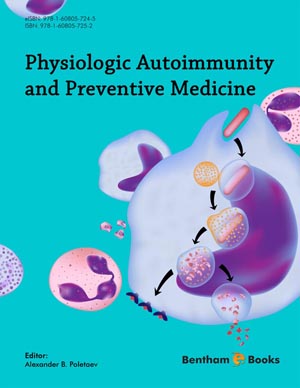Abstract
Type 1 diabetes (T1D) is a severe autoimmune disease characterized by the destruction of the pancreatic beta-cells. The genetic predisposition to T1D and a vast variety of triggering factors initiate autoimmune processes culminating in the appearance of autoantibodies (autoAbs). The destruction of β-cells of the islets of Langerhans occurs as a result of infiltration of immune system cells. The metabolic changes, the activity of autoantibodies and the protein and genetic markers are considered as the predictors of insulin dependent diabetes mellitus 1(IDDM 1). Multiple sclerosis (MS) is an autoimmune disease characterized by the progression of neurological disturbances which result from the interaction between the processes of inflammation and neurodegeneration. The estimated median incidence of MS worldwide is 2.5 per 100,000, and prevalence is estimated at approximately 1.5 million cases. The onset of MS usually falls at the age between 20 and 40. Women are affected approximately twice as often as men [1]. Preventive medicine and predictive medicine are understood as a complex of measures, aimed at prevention and prediction of diseases, as against the therapeutical and palliative medicine, which remedy disorders or treating their symptoms. The basic methods of the preventive medicine are subclinical diagnostics, using the molecular approaches. Such diagnostics are based on the detection of bioindicators of hidden pathology long before the actual manifestation of symptoms of the disease. Genomics, proteomics and cytomics are the basic methods of prediction, which help to estimate susceptibility to diseases and prevent them.
Keywords: Autoimmune disorders, Multiple sclerosis, Type 1 diabetes, autoantibodies, genomics, HLA genes, diagnostics, proteomics, prediction, metabolites.






















